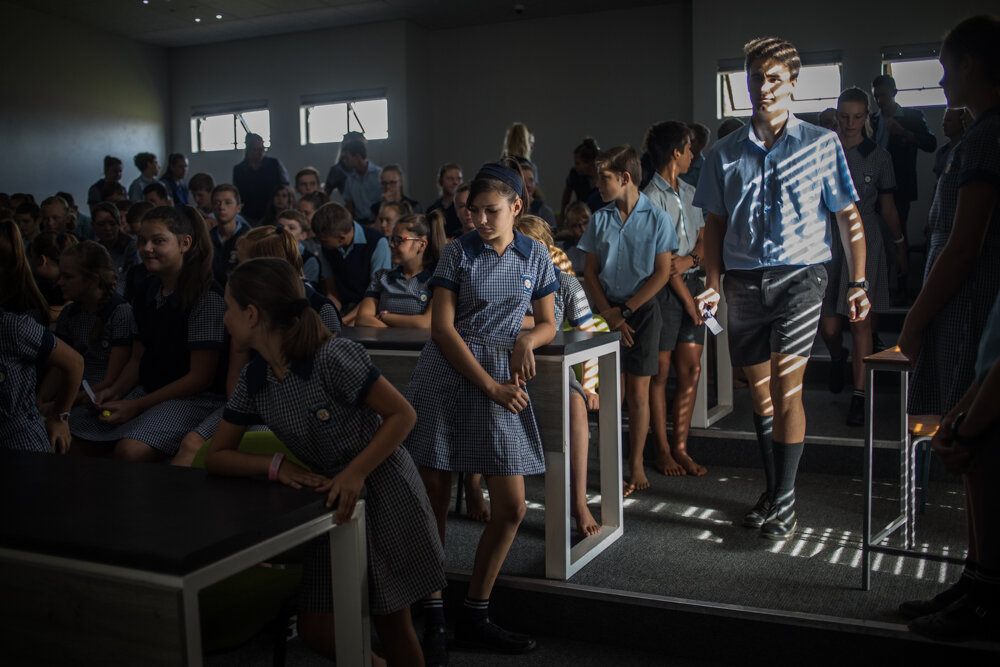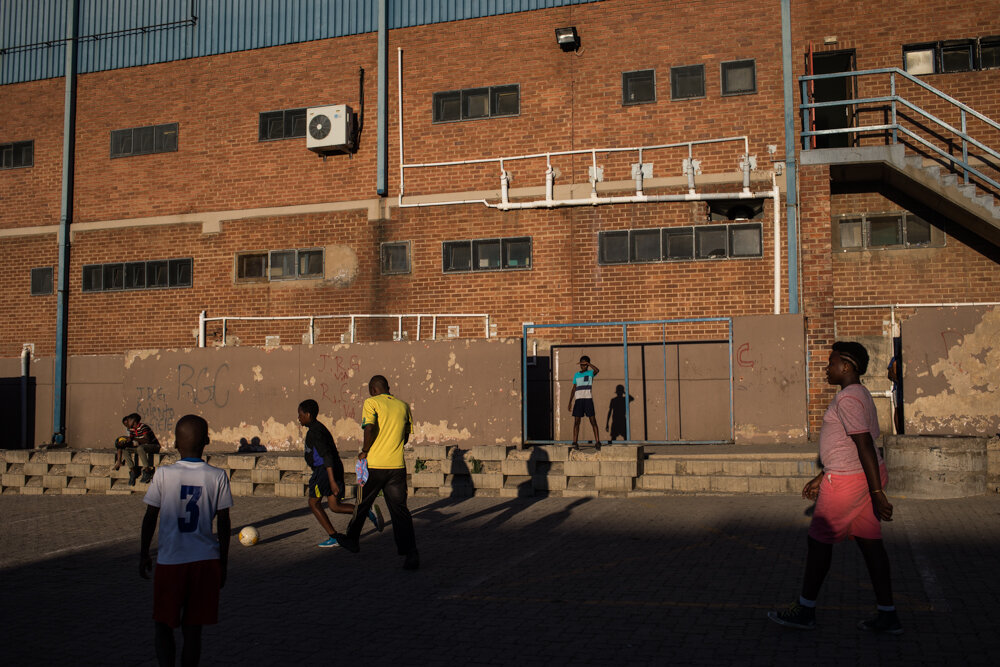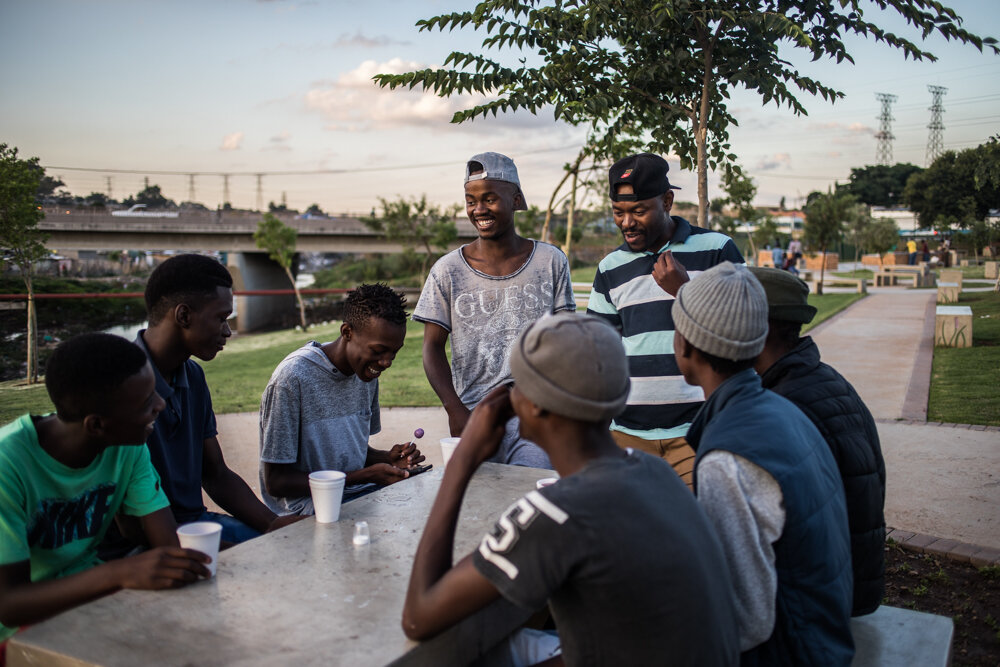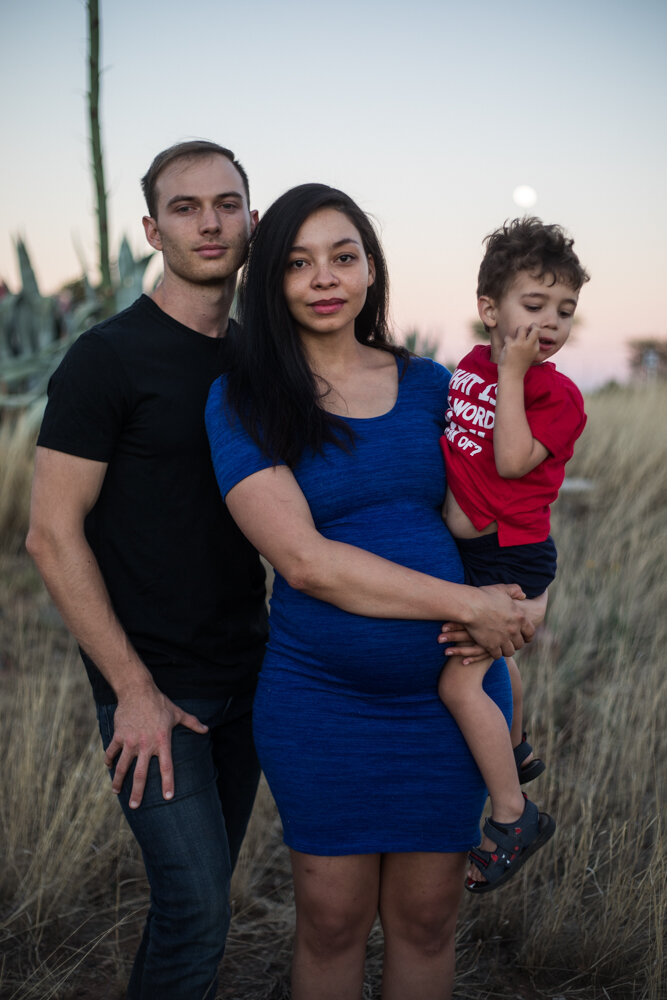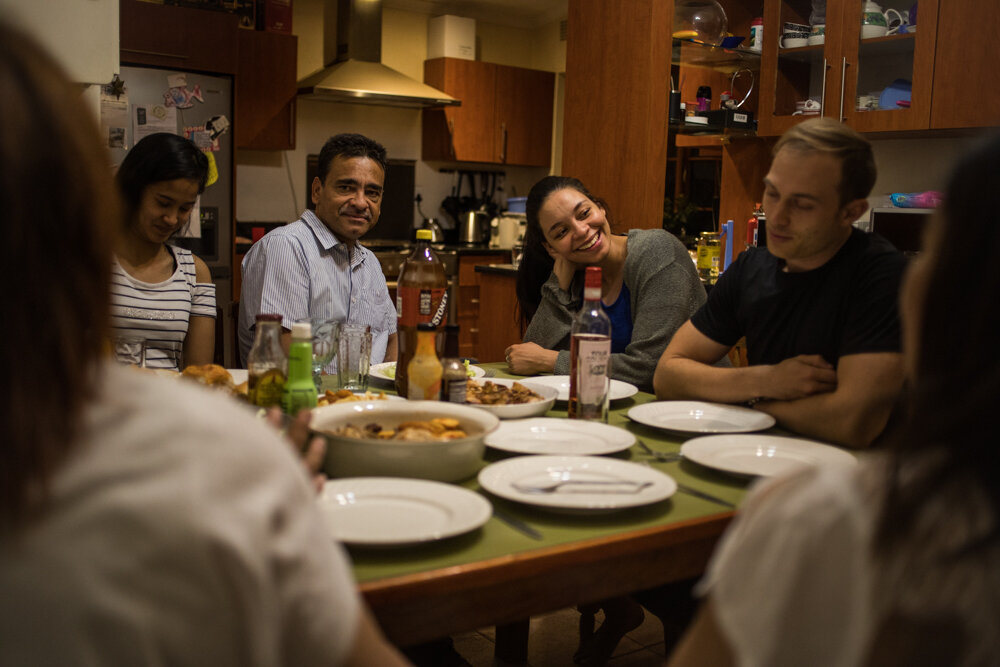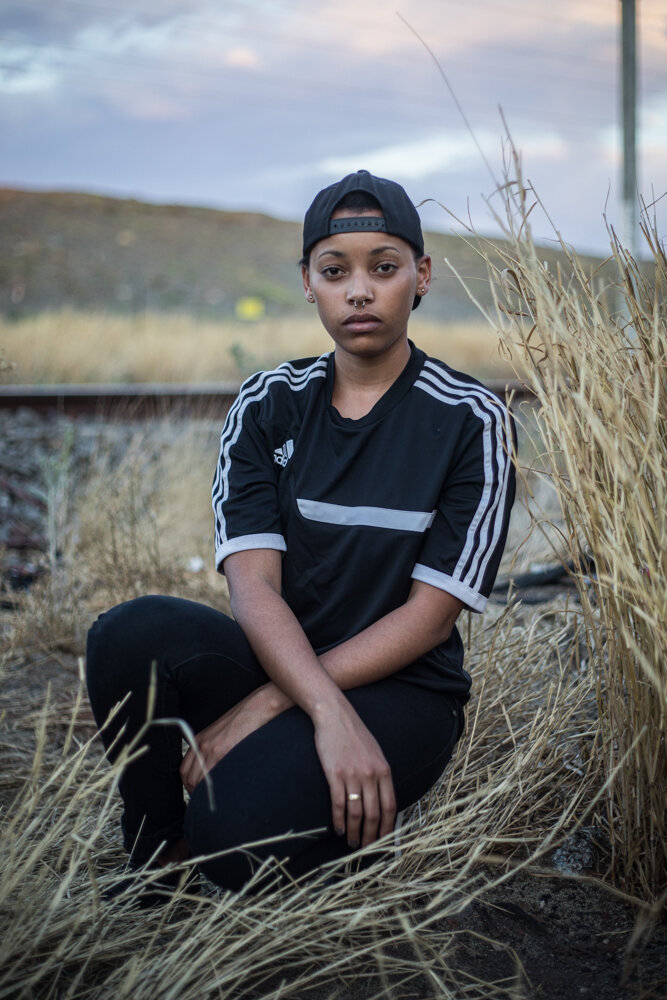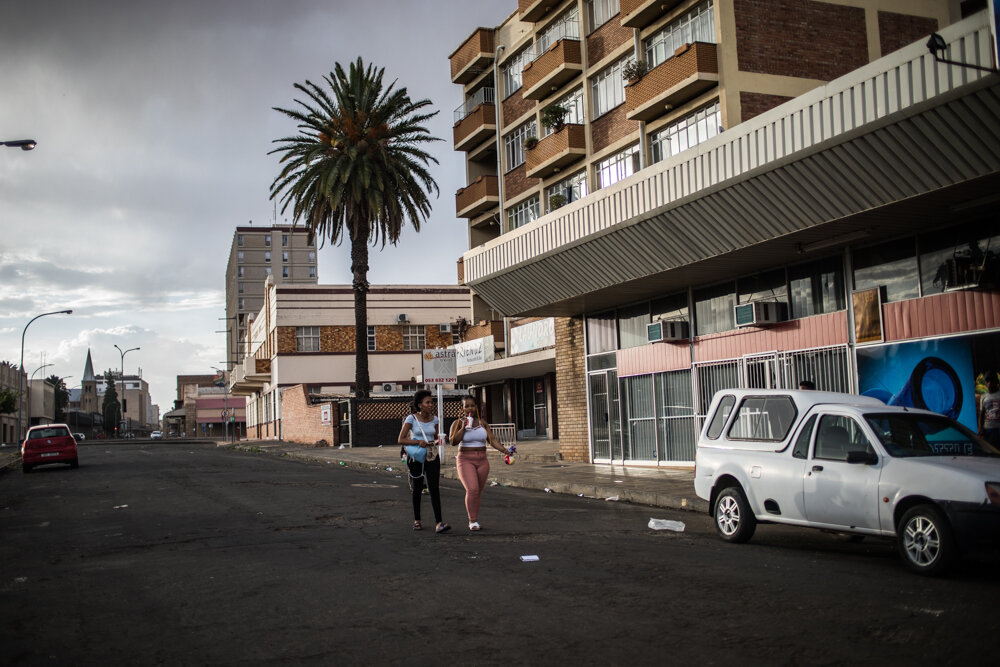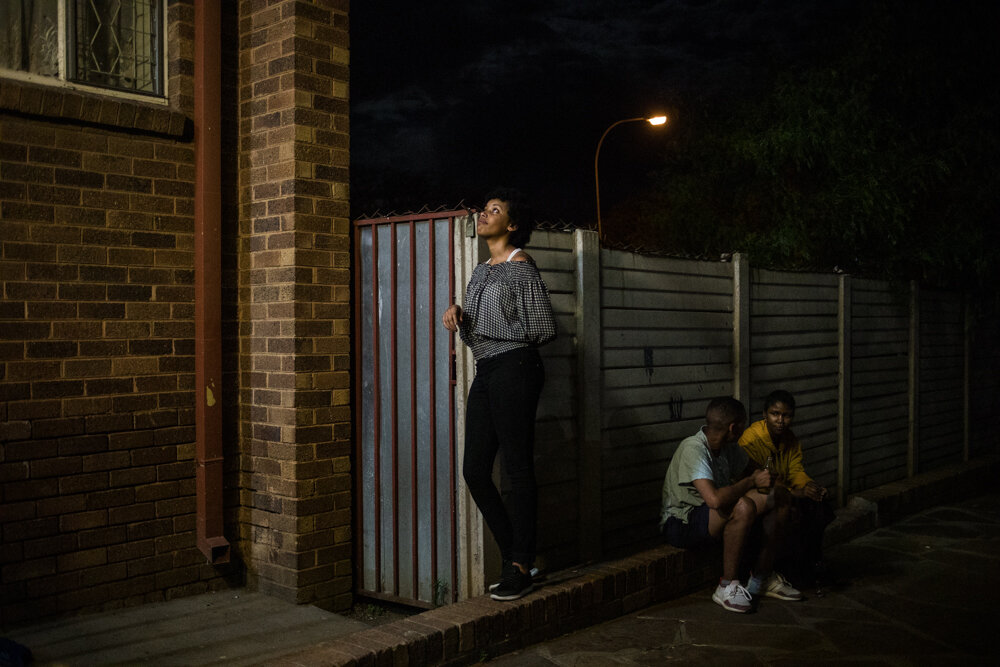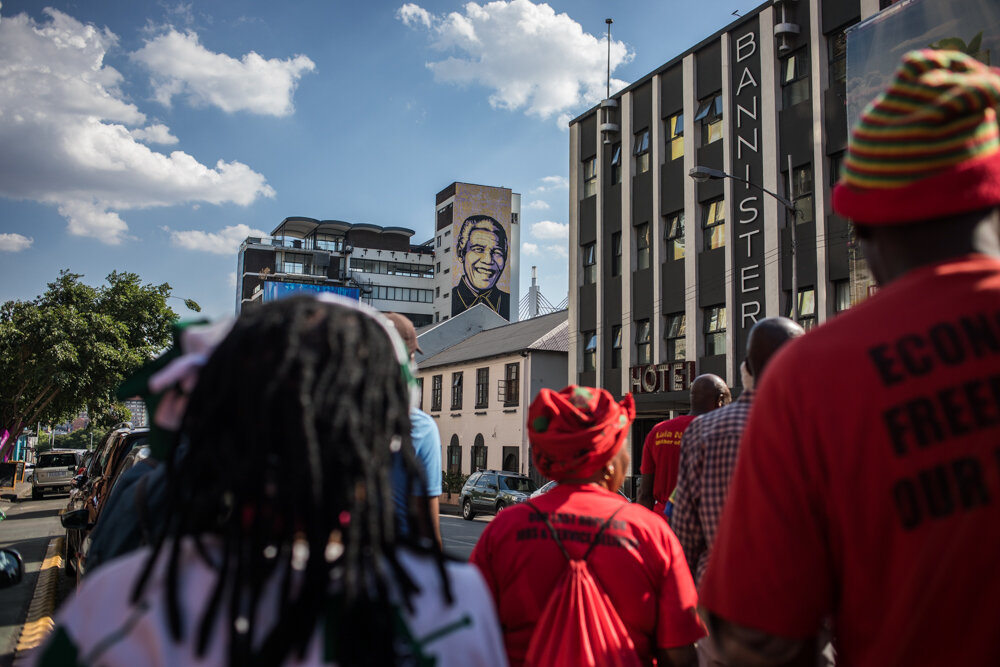NELSON MANDELA’S LEGACY: WHAT IS LEFT OF HIS RAINBOW NATION?
In 1994 Nelson Mandela became South Africa’s first black president. The Apartheid regime was abolished and every South African should have equal rights independently of their skin color. But now, more than 25 years later, the country is still segregated by color. What has happened to the children of Sout Africa, the so-called “rainbow nation”? How does reality look like for this generation that was born into a new era? Are opportunities the same for black, colored, and white people? And what are the hopes and fears of this generation?
For this story, I met born-frees with different social and cultural backgrounds to get a glimpse into their reality. Katlego lives in Alexa, one of the biggest slums in Johannesburg. He is a black EFF activist and feels betrayed by Nelson Mandela. Inequality and poverty make him angry.
600 km south-west of J-burg lies Orania, another world where 1600 people live, only white Afrikans. Zoey and Stefan are a white farmer couple who decided to settle here, not only because it is safe, but also because they feel that here they can live with „their people“, the Dutch, German or French settler who came to South Africa in the 17th century.
In Kimberley, the capital of the Northern Cape province, lives Sheri Nortje. She and her family are neither black nor white but belong to the so-called colored people, a term that was used under the apartheid regime to describe one of the four main racial groups. Today there are approx. 5 million colored living in South Africa, almost 9% of the population. Sheri is unemployed and would like to study more. „But without a black surname everything is more difficult,“ she says. Not far from here in Kimberley, I met Karis and Nick, a white-colored couple. Marriages between white and black or colored people are still not common in South Africa.„It wasn’t easy in the beginning when our family and friends would see that this is a serious relationship and we still have to deal with prejudices,“ they say.
On assignment for GEO Magazine

